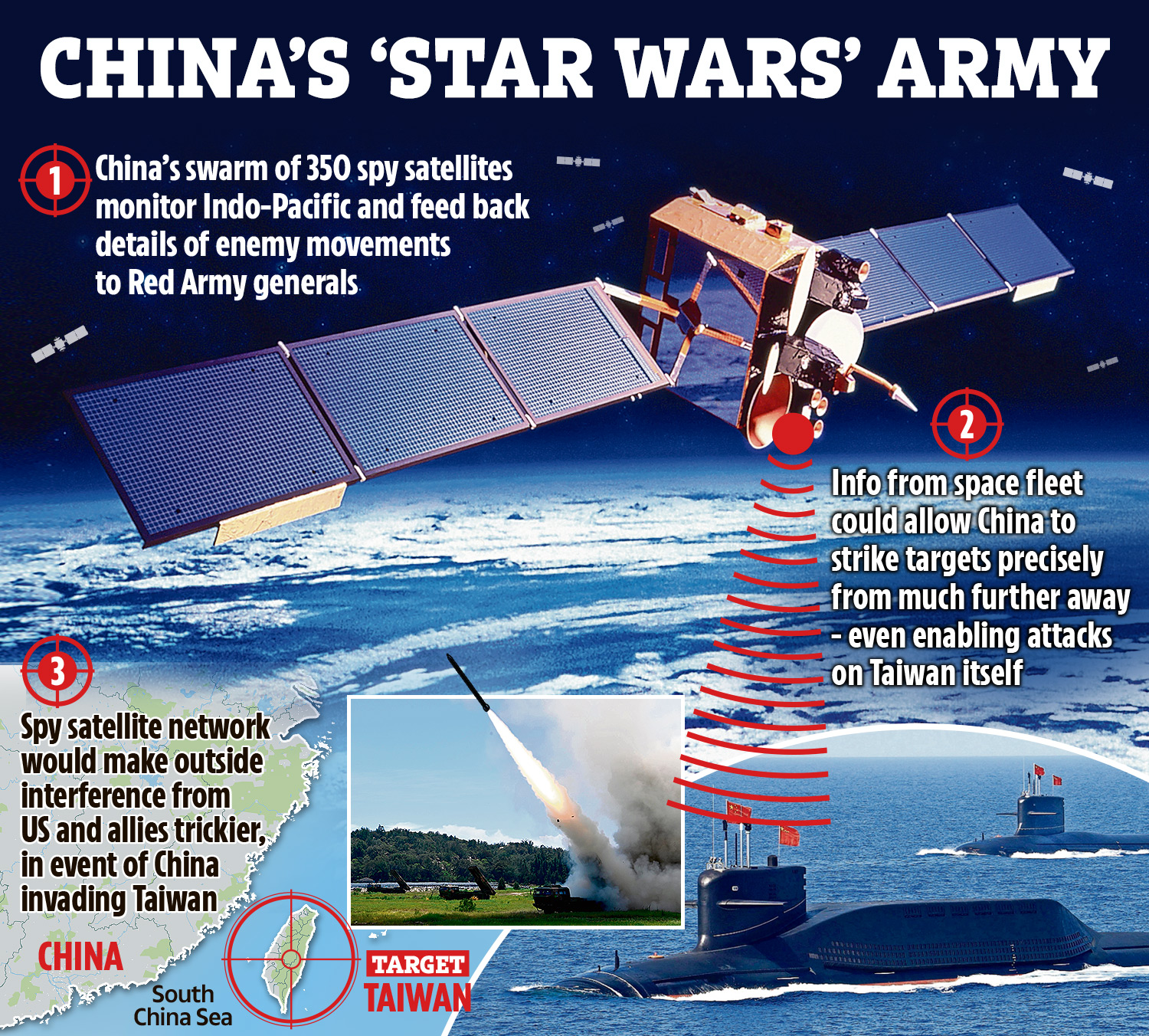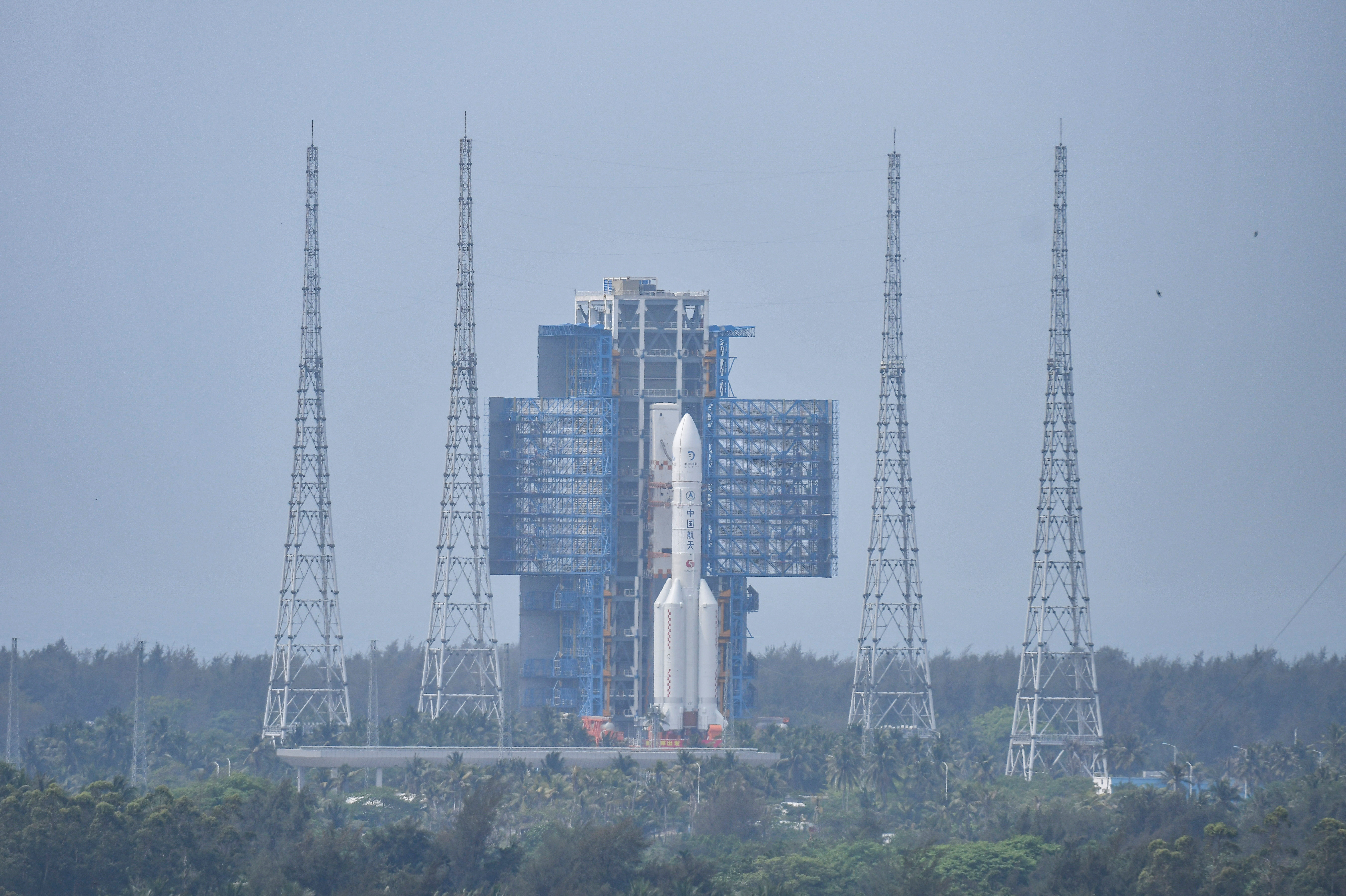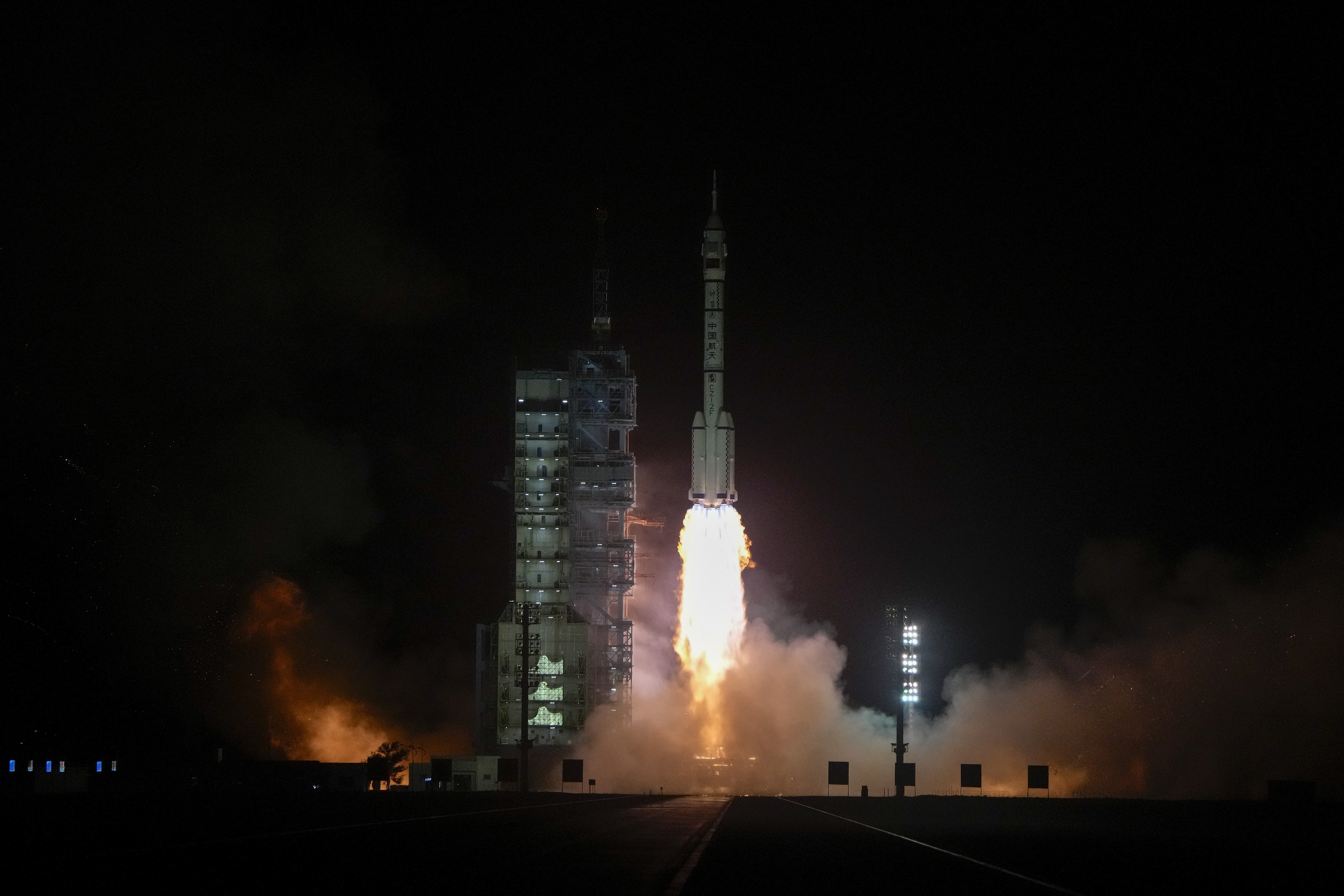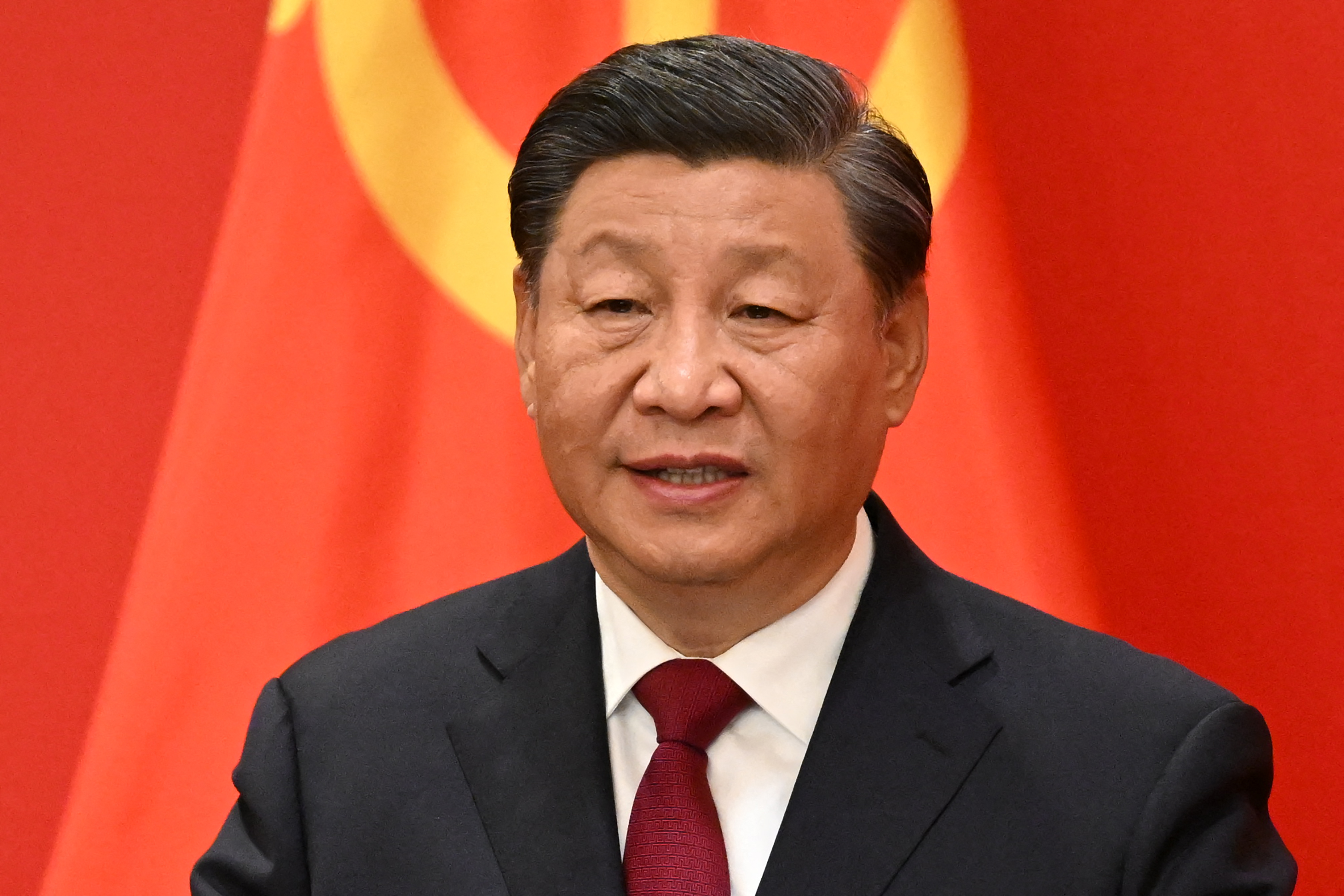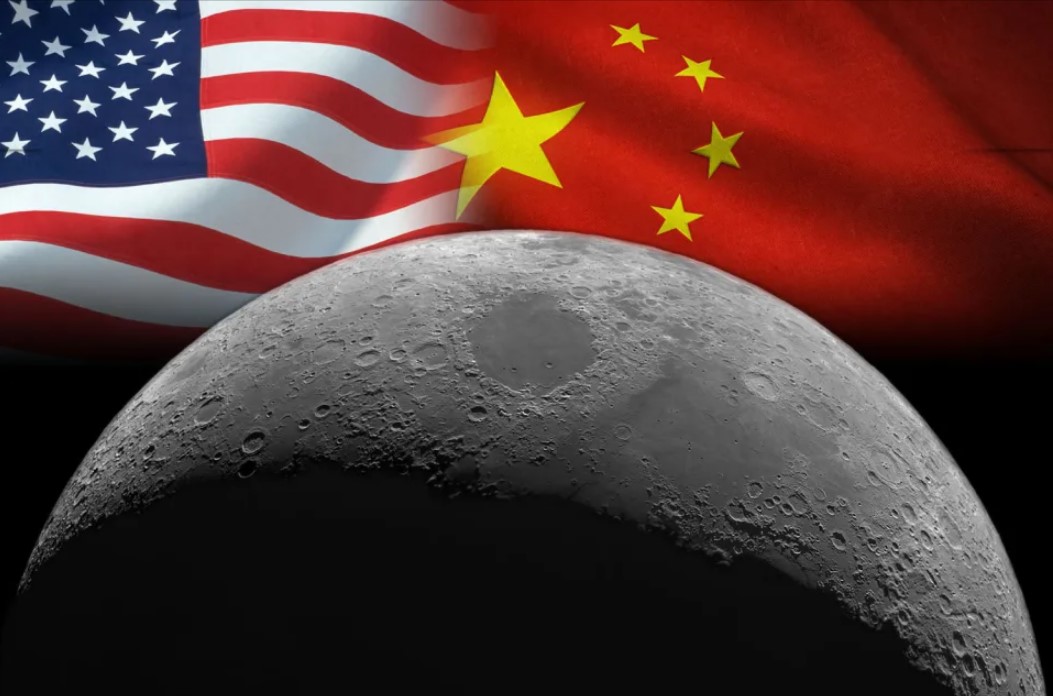CHINA is set to send a robot spacecraft into space to explore the moon’s chilling dark side in the coming days.
In the three-part journey, China’s extraordinary Chang’e-6 spacecraft will embark on a mission to visit the surface of the moon and collect enough data to allow astronauts to return in 2030.
Chinese scientists also hope to continue leading the global space race by getting their team of expert spacers to build a lunar base there.
Sometime this week, Chang’e-6 will take off and land on the intact side of the moon that is permanently facing away from Earth.
The daring first mission will last 53 days and will be carried out entirely through a relay satellite that will orbit the Moon.
It is believed that Chang’e-6 will be sent to collect 2kg of rock and soil samples from the moon’s surface.
read more on the space race
The spacecraft will use a built-in mechanical drill and shovel.
Space expert and author Leonard David told Reuters: “If successful, China’s Chang’e-6 mission would be a milestone.
“Robotic reaching to the far side of the Moon and bringing specimens back to Earth helps fill in the blanks about the still murky origin of our Moon.”
Just a few days ago, the communist regime sent a three-member crew to its orbiting space station in a bid to boost its ambitious space program.
The Shenzhou-18 spacecraft lifted off from the Jiuquan Satellite Launch Center in northwest China on a Long March 2-F rocket.
So far, China has managed to establish a timeline for the seismic exploration attempt starting with this week’s initial mission.
They hope to deploy a Chang’e-7 in 2026 and a Chang’e-8 in 2028.
Both missions will be undertaken to further explore the dark side of the moon and will use the satellite rather than being controlled by humans.
But by 2030, when China has successfully identified a possible water supply in space and built a rudimentary outpost with Russia, they hope to have astronauts walking on the moon.
Something that has not been replicated since Apollo 17 back in 1972.
Signs of water are expected to be found at the Moon’s south pole, a place described by scientists as the “golden belt” for lunar exploration.
However, the United States and the National Aeronautics and Space Administration (NASA) are preparing their own mission to send humans to the Moon even sooner.
According to space specialists, they will take off in 2026 within the framework of the Artemis program, where they will explore the South Pole.
The initial expedition to Chang’e took place in 2007 and China has since been fighting NASA to find a way back to the Moon.
The spacecraft will carry payloads from France, Italy, Sweden and Pakistan on board.
Chang’e-7 is also preparing for launch with Russian, Swiss and Thai payloads.
It is believed to land on the northeast side of the South Pole’s gigantic Aitkin Basin, the oldest recognized crater in the solar system.
Every moon sample so far has been collected from the near side of the moon, hence the desperation to be the first nation to embark for the dark side.
CHINESE SPACE CONCERNS
NASA chief Bill Nelson has also openly expressed his fears about China’s activities in space.
He warned that China could be hiding secret military projects in space as they seek to claim the entire moon as their own territory.
Bill said: “My concern would be that China would get there first and say, ‘This is our territory, stay out.’
“You obviously don’t want to interfere with each other, but don’t declare that all this territory is suddenly yours.”
China has denied the accusations as purely scientific.
Under the leadership of President Xi Jinping, China has spent approximately £11.2 billion on its ambitious space program in 2023, according to Statista.
It comes as China is also preparing to beef up its space weapons by tripling its number of spy satellites over the next six years.
Experts warned that the communist regime could use them to support an invasion of Taiwan, with submarines firing missiles at targets identified by space technology.
In early March, scientists at the China National Space Administration revealed The Chinese plan to build a moon base the size of Disneyland with a CCTV system that is powerful enough to view activity in Land.
